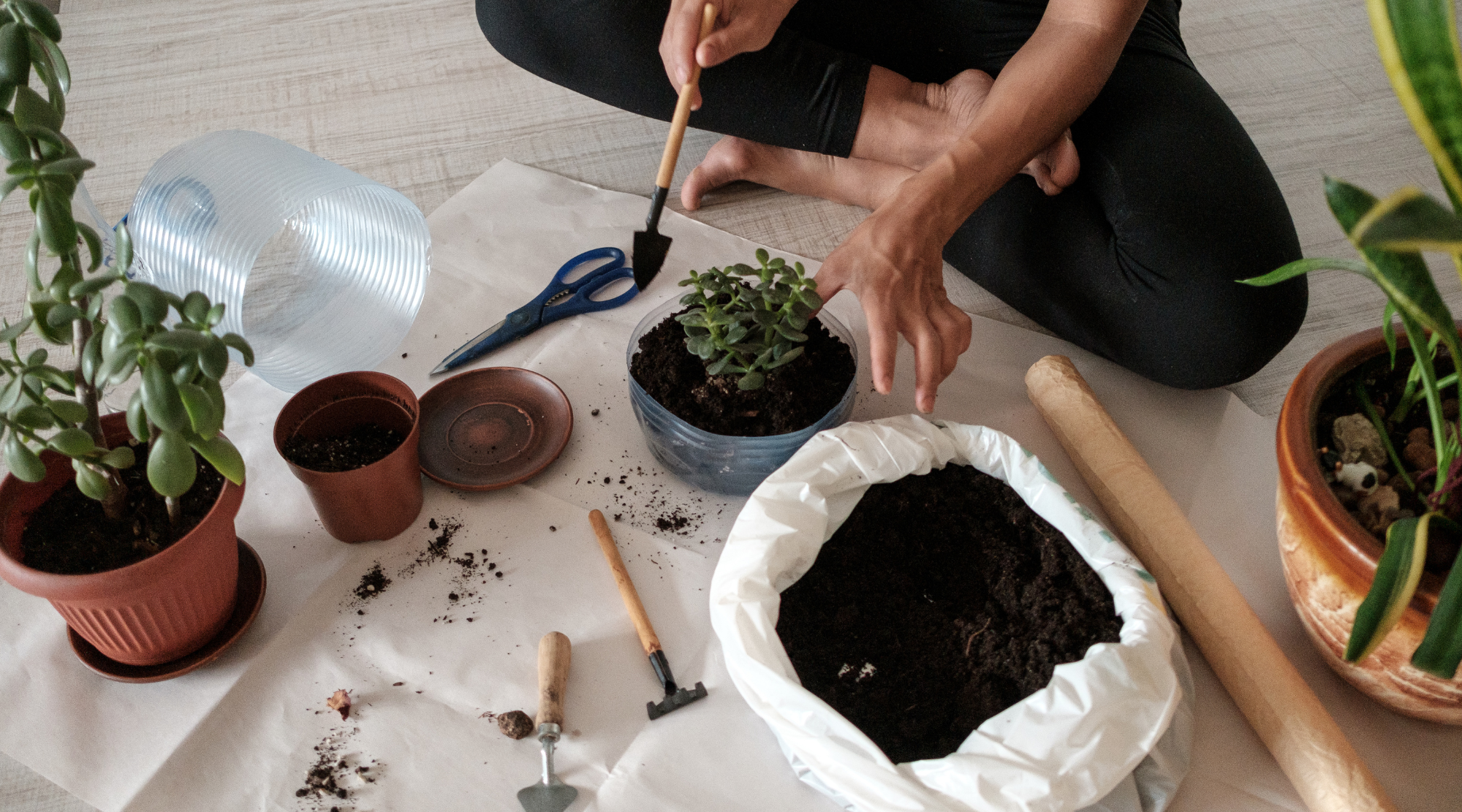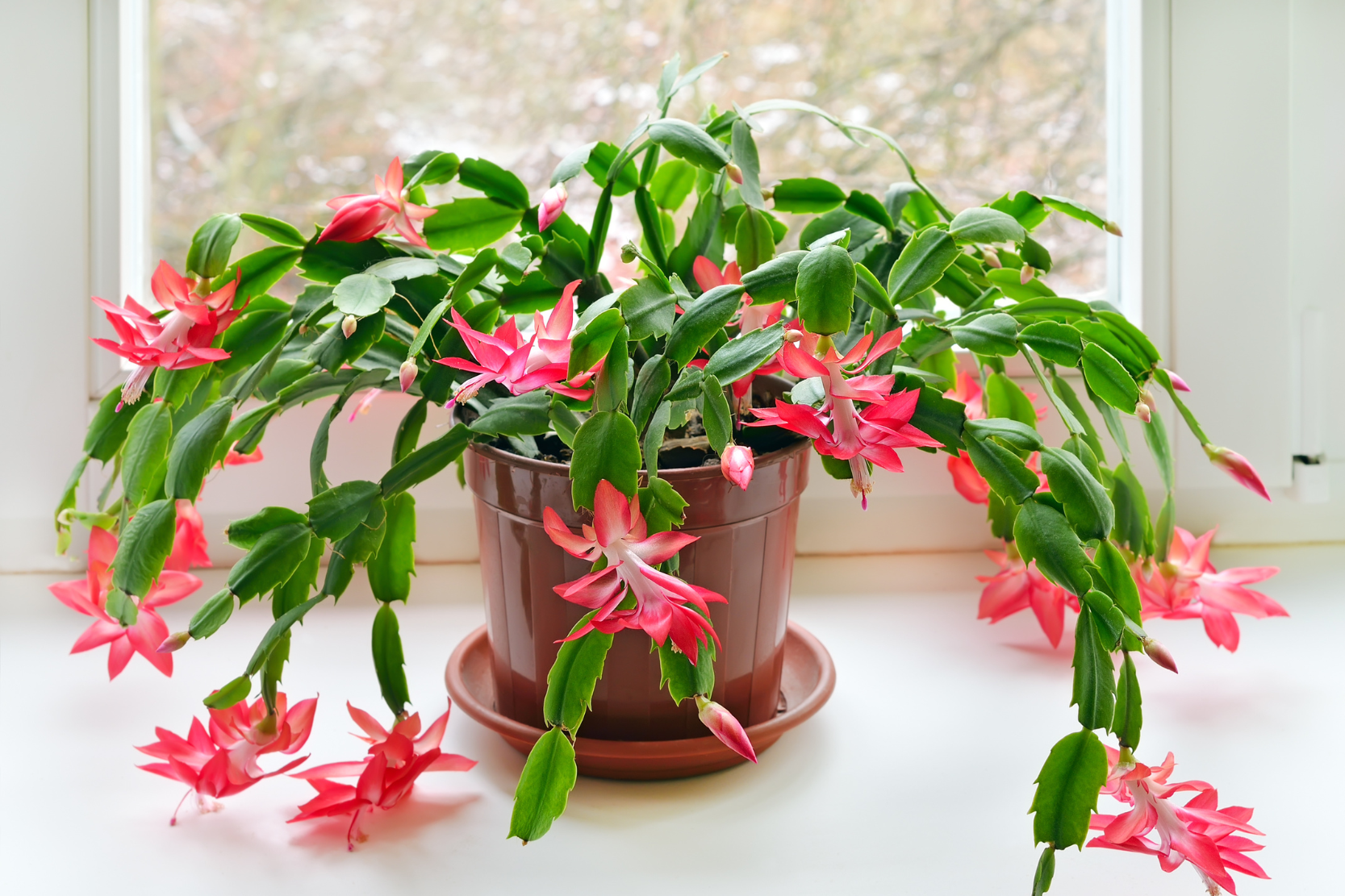Introduction
Cacti have gained immense popularity as houseplants due to their unique aesthetic and low-maintenance requirements. Whether you’re a novice gardener or an expert, cacti are an excellent addition to your indoor or outdoor space. Their spiny, water-storing bodies make them ideal for environments with little water and lots of sunlight. But while they are resilient, cacti do require some care to thrive. In this guide, we’ll explore all aspects of cactus care, from watering and light needs to repotting and preventing pests, ensuring your cacti remain healthy and beautiful for years.
Understanding Cacti: What Makes Them Unique?
Cacti belong to a family of plants uniquely adapted to survive in harsh, arid environments. Unlike other plants, cacti can store water in their stems, allowing them to go long periods without rain. Their spines serve as a defense mechanism to protect them from predators, but also help in reducing water loss. One of the most distinct features is their ability to photosynthesize through their stems instead of leaves, which is why their stems are often thick and fleshy.
It’s important to note that while all cacti are succulents, not all succulents are cacti. The key difference lies in their structure: cacti have specialized organs called areoles, which is where spines or flowers grow. Understanding these characteristics helps in providing the right care and environment for your cactus to thrive.

Choosing the Right Cactus for Your Space
Before bringing a cactus into your home or garden, it’s essential to select a species that suits your environment. For indoor spaces, smaller varieties like the Bunny Ear Cactus, Christmas Cactus, or Golden Barrel Cactus are popular choices. These cacti are relatively easy to care for, making them great for beginners. If you have outdoor space with ample sunlight, larger species like the Saguaro or Prickly Pear can be stunning additions.
When choosing a cactus, consider factors like the amount of natural light your space receives, temperature fluctuations, and available room for growth. Indoor cacti typically require bright but indirect sunlight, whereas outdoor species may need full sun exposure. Selecting the right cactus for your specific environment is the first step to ensuring it thrives.
Ideal Location: How Much Light Do Cacti Need?
Cacti are sun-loving plants, but not all varieties have the same light requirements. Finding the ideal spot in your home or garden is crucial for keeping your cactus healthy.
For indoor cacti, aim to place them in a location that gets bright, indirect sunlight. South-facing windows are often ideal, as they provide strong light without the harsh direct rays that can scorch your cactus. Some species, such as the Christmas Cactus, prefer indirect light and may even thrive in lower-light environments.
Outdoor cacti usually require full sunlight to grow well. In hotter climates, they can tolerate direct sunlight for most of the day, but it’s important to monitor them, as too much intense sunlight can lead to sunburn, causing yellow or brown patches on their skin.
Signs that your cactus is receiving too much light include discoloration and dried-out spines, while insufficient light can result in leggy, elongated growth as the plant stretches toward the sun. Keep an eye on your cactus and adjust its placement as necessary to ensure it gets the right amount of light.

Watering Your Cactus: Less is More
One of the most common mistakes people make when caring for cacti is overwatering. Cacti are drought-tolerant plants that store water in their stems, which means they don’t need to be watered as often as other plants. Overwatering can lead to root rot, a condition that can quickly kill your cactus.
As a general rule, you should water your cactus once every two to four weeks, depending on the time of year and the environment. In the warmer months, when cacti are in their growing phase, they may need more frequent watering, but always ensure the soil is completely dry before watering again. In the cooler months, reduce watering even further, as cacti go dormant and require much less water.
When watering, it’s best to soak the soil thoroughly and then allow it to drain completely. Ensure that your cactus is in a pot with drainage holes, as sitting in water is detrimental to its health. Always remember: it’s better to underwater than overwater your cactus.
To learn more about proper watering practices for cacti and other succulents, check out this detailed guide from the Royal Horticultural Society.
The Right Soil: Why Regular Potting Soil Won’t Work
Cacti have specific soil needs that help prevent overwatering and promote healthy growth. Regular potting soil retains too much moisture, which can lead to root rot and poor growth. Instead, cacti thrive in well-draining soil that mimics their natural environment.
A good cactus soil mix should include components like sand, perlite, and pumice, all of which promote aeration and quick drainage. You can find pre-made cactus potting mixes at most garden stores, or you can make your own by mixing equal parts regular potting soil, coarse sand, and perlite or pumice.
The key to a healthy cactus is ensuring the soil doesn’t retain excess moisture. Avoid placing a layer of gravel at the bottom of the pot, as this can create a perched water table, causing water to sit around the roots, which could lead to rot.
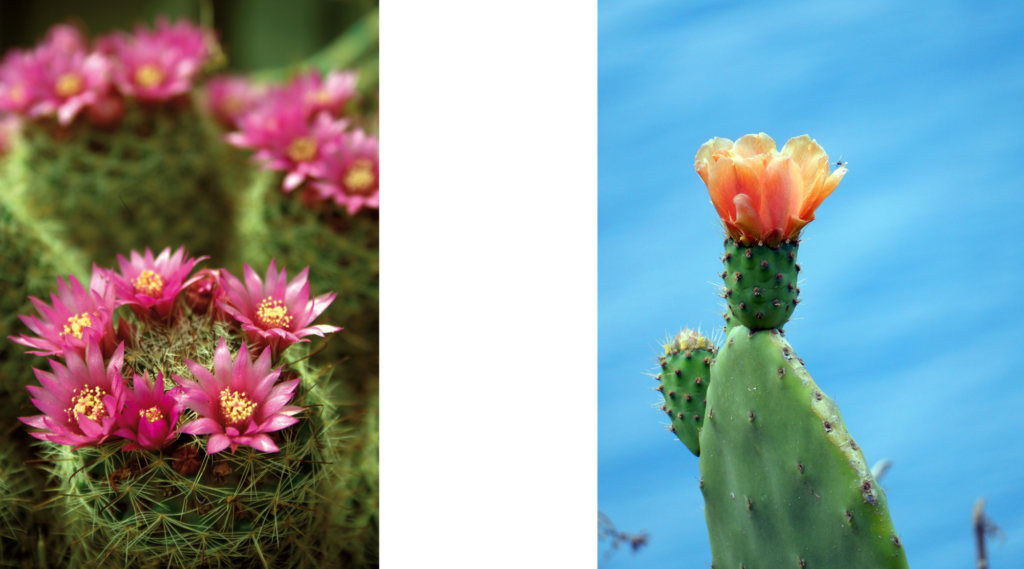
Repotting Your Cactus: When and How to Do It
Over time, your cactus will outgrow its pot, and repotting becomes essential for its continued health. A key sign that it’s time to repot is when the roots start peeking through the drainage holes or the cactus appears too large for its container.
Repotting a cactus can seem daunting, especially with all those spines, but with the right steps, it’s a simple process:
- Prepare Your Tools: Use a pair of thick gloves or tongs to handle the cactus safely. Gather fresh cactus soil mix and a slightly larger pot with drainage holes.
- Remove the Cactus Gently: Carefully tip the pot on its side and ease the cactus out, being cautious not to damage the roots.
- Examine the Roots: Check for any signs of root rot or unhealthy growth. If necessary, trim off damaged roots before placing the cactus in the new pot.
- Repot and Fill: Position the cactus in its new pot and fill the space around it with fresh cactus soil mix. Avoid packing the soil too tightly, as cacti prefer airy, well-drained conditions.
Repotting is best done during the growing season (spring or early summer) to give your cactus the energy it needs to establish itself in its new home.
For further reading on selecting the best soil mix for your cacti, here’s a guide that covers various potting mixes for succulents and cacti.
Fertilizing Cacti: Do They Need Extra Nutrients?
Although cacti are slow growers, providing them with the right nutrients can encourage healthy growth, especially during the active growing season. While cacti don’t require a lot of fertilizer, a little goes a long way in boosting their vitality.
A balanced, low-nitrogen fertilizer is ideal for cacti. You can use a liquid cactus fertilizer, typically applied once every month during the spring and summer months. Make sure to dilute the fertilizer to about half the recommended strength to avoid overfeeding your cactus.
Organic fertilizers like compost tea can also be beneficial, especially for those who prefer an eco-friendly approach. However, avoid fertilizing during the winter months, as cacti go dormant and don’t require additional nutrients during this period.

Cactus Pests, Diseases, and Rot: How to Prevent and Treat Them
While cacti are hardy plants, they can still face challenges such as pests, diseases, and, most importantly, rot. The good news is that with proper care, these problems can usually be prevented or treated early.
Common Pests:
- Mealybugs: These small, cotton-like pests hide in the crevices of the cactus and can cause significant damage. Wipe them off with a cotton swab dipped in rubbing alcohol.
- Spider Mites: Tiny pests that cause discoloration and webbing. Regular misting can keep spider mites at bay since they prefer dry conditions.
- Scale Insects: These hard-shelled pests latch onto the cactus and suck out the sap. Remove them manually or use insecticidal soap.
Common Diseases:
- Fungal Infections: Black spots or mold can appear on the cactus. Treat fungal infections with a fungicide and improve air circulation.
Cactus Rot: Causes and Solutions
One of the most serious issues cacti face is rot, which can quickly kill the plant if not addressed. Cactus rot usually occurs due to overwatering, improper drainage, or fungal infections that spread from damaged areas.
There are two main types:
- Root Rot: Typically caused by overwatering or waterlogged soil, root rot starts at the roots and works its way up. Symptoms include a mushy base and yellowing of the cactus.
- Crown or Stem Rot: This occurs at the surface of the plant and is often caused by fungal infections that attack damaged or weakened tissue. It appears as soft, black, or brown spots.
How to Prevent Rot:
- Ensure your cactus is planted in well-draining soil.
- Use pots with drainage holes to avoid water retention.
- Water only when the soil is completely dry.
- Be mindful of indoor humidity, as excess moisture can encourage rot.
How to Treat Rot:
- If you catch rot early, remove the infected area with a sterile knife. Allow the healthy part of the cactus to callous over before repotting.
- For severe root rot, you may need to propagate the healthy parts of the cactus to save the plant.
- Reduce watering immediately and check the soil for proper drainage.
By being attentive and taking swift action, you can prevent cactus rot from causing irreparable damage.

Seasonal Care for Cacti: What Changes in Winter and Summer
Cacti, like most plants, respond to seasonal changes. Adapting your care routine based on the time of year can make a big difference in your cactus’s health. Cacti generally go through active growing periods during spring and summer and enter a dormant phase in the fall and winter.
Summer Care:
During the warmer months, your cactus will likely grow more quickly and may require extra attention. Make sure it receives plenty of sunlight and increase the frequency of watering slightly—but always let the soil dry out completely between watering. Fertilizing once a month can provide the nutrients needed for healthy growth during this time.
Winter Care:
In winter, most cacti enter a dormant phase where they stop growing and require minimal care. Reduce watering to once every 4-6 weeks, or even less for some species. Ensure your cactus is still getting some light, but be cautious of cold drafts if it’s kept indoors. Outdoor cacti may need to be covered or moved inside if temperatures drop significantly.
Flowering Cacti: How to Encourage Blooming
One of the most rewarding aspects of owning a cactus is seeing it bloom. However, not all cacti flower regularly, and those that do often require specific conditions.
To encourage your cactus to bloom, start by providing it with enough light. Most cacti need several hours of direct sunlight daily to produce flowers. Additionally, a cooler, dormant period in winter can stimulate flowering during the growing season.
Some species, like the Christmas Cactus or Easter Cactus, are known for their vibrant blooms during specific seasons. These varieties may require special care, such as cooler temperatures and reduced watering during the lead-up to blooming season.
Patience is key when it comes to flowering cacti, as some species take years to flower. But with proper care, your cactus can eventually reward you with a stunning display of blooms.
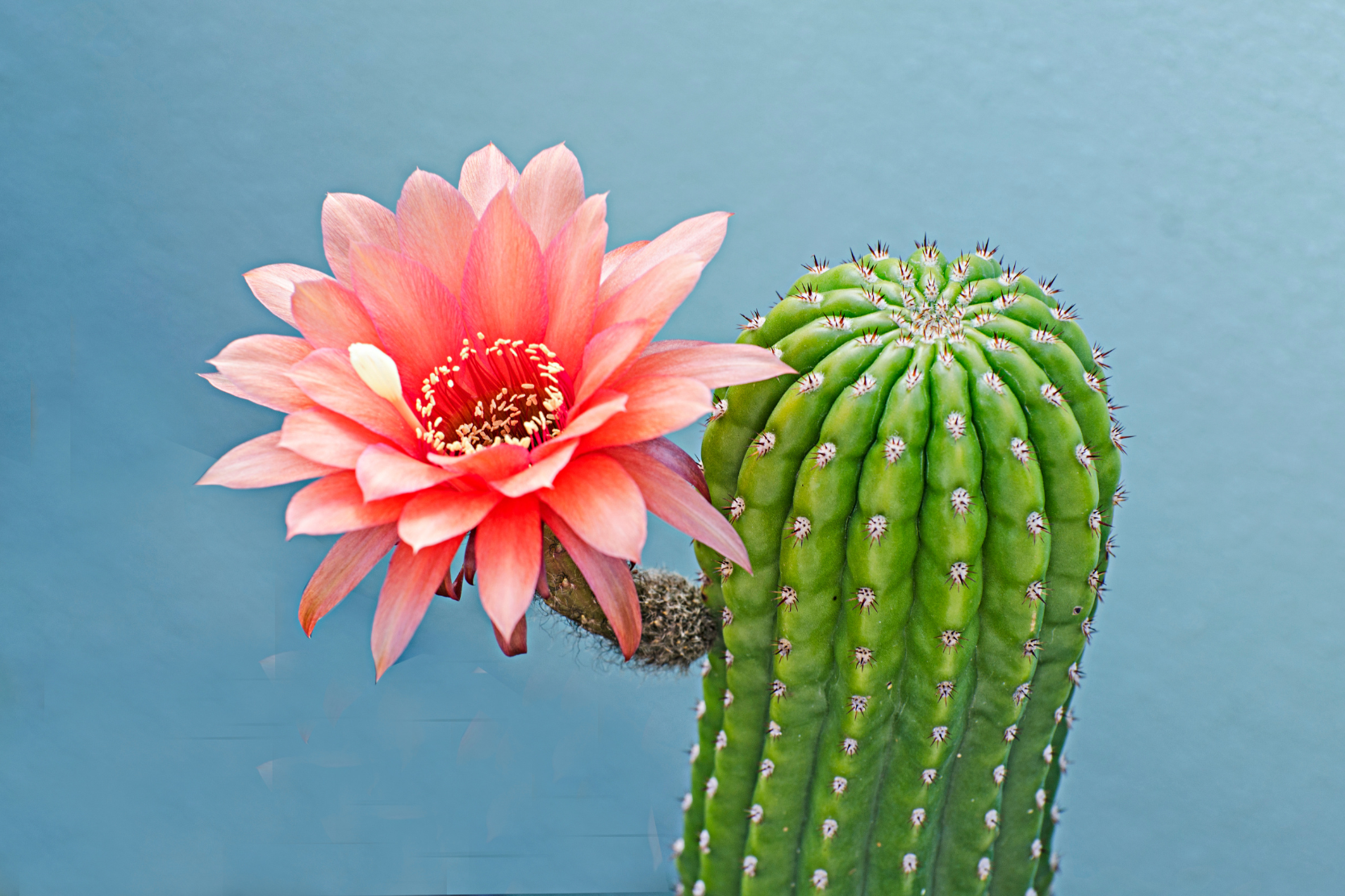
Propagating Cacti: Grow Your Collection with Ease
If you’re looking to expand your cactus collection, propagation is a fun and easy way to do so. Many types of cacti can be propagated from cuttings, offsets, or seeds.
Propagation from Cuttings:
- Select a healthy section of the cactus and use a sharp, sterile knife to make a clean cut.
- Allow the cutting to dry for a few days, letting the cut surface callous over to prevent rot.
- Once the cut has calloused, place the cutting in well-draining cactus soil and water sparingly until roots form, which can take a few weeks.
Propagation from Offsets:
Many cacti produce baby plants, or offsets, which grow at the base of the main plant. Simply remove the offset, let it dry and callous, and then plant it in its own pot.
Propagation from Seeds:
Growing cacti from seeds is a slower process but can be rewarding. Start by spreading the seeds over moist cactus soil and covering them lightly. Keep the soil moist until germination occurs, which can take several weeks.
Common Cactus Care Mistakes to Avoid
Even though cacti are known for being low-maintenance, they can suffer if certain mistakes are made. Here are some of the most common cactus care mistakes to avoid:
- Overwatering: This is the number one mistake and can quickly lead to root rot. Always let the soil dry completely between watering sessions.
- Not Enough Light: Many cacti need plenty of sunlight, and without it, they can become leggy and weak. Ensure they’re getting enough direct sunlight to thrive.
- Using the Wrong Soil: Cacti need well-draining soil, so using regular potting mix can lead to poor growth and root problems. Always use a specialized cactus soil mix.
- Ignoring Pests: Cacti may be tough, but pests like mealybugs can still harm them. Regularly inspect your plants for signs of pests and treat them immediately.
- Overpotting: Using a pot that’s too large can lead to water retention around the roots. Always choose a pot that fits the size of your cactus and allows for proper drainage.
By being mindful of these common mistakes, you can keep your cactus happy and healthy for years to come.
Looking for more low-maintenance plant options? Explore our list of easy-to-care-for houseplants that are perfect for beginners.
Fun and Creative Cactus Arrangements
Cacti are not only easy to care for but also incredibly versatile when it comes to decorative arrangements. Here are some ideas for creating stunning cactus displays:
- Cactus Gardens: Combine different types of cacti in a shallow planter to create a desert-themed mini-garden. Mix small and large cacti for an interesting visual contrast.
- Cactus Terrariums: While cacti can survive in glass terrariums, be sure to use an open container to avoid humidity buildup. Layer sand, rocks, and cactus soil to create a striking display.
- Hanging Cacti: Use hanging planters to display smaller, trailing cacti such as the Rattail Cactus or Monkey Tail Cactus. These cacti can create a unique, cascading look.
- Decorative Pots: Play around with colorful, textured pots that complement the cactus’s unique shapes. Pairing your cactus with a stylish pot can enhance its aesthetic appeal.
Creative cactus arrangements can elevate your home décor while adding a touch of nature.
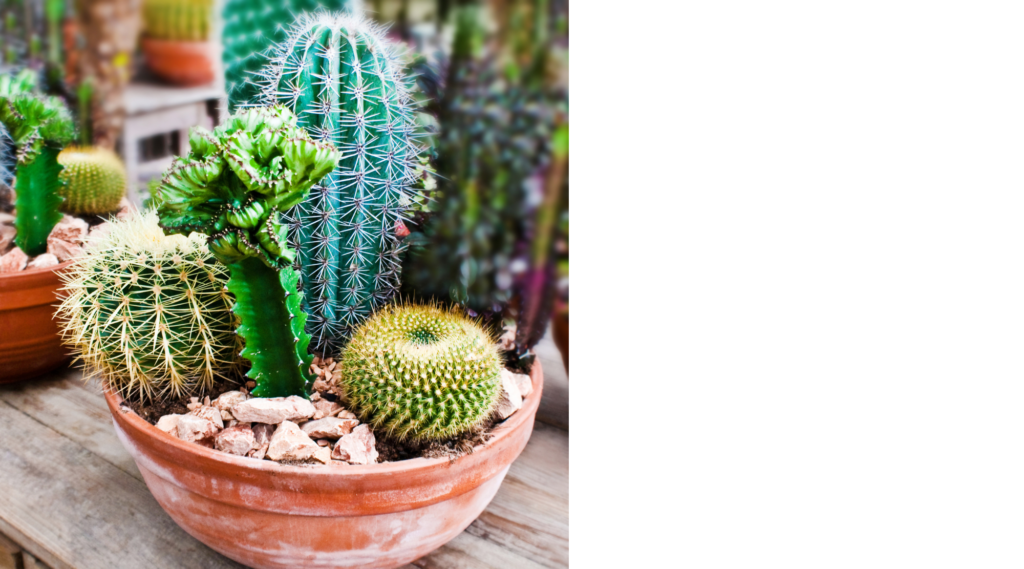
Conclusion: The Joy of Growing Cacti
Growing cacti is a rewarding and stress-free way to bring a piece of the desert into your home or garden. Their resilience and beauty make them perfect for gardeners of all skill levels. By following the right care practices—providing adequate light, controlling watering, using the correct soil, and staying vigilant against pests—your cacti can thrive for years.
Whether you’re growing a single cactus on your windowsill or building an entire cactus garden, these unique plants offer endless possibilities for creativity and enjoyment. Take the time to understand their needs, and you’ll find that caring for cacti is as relaxing as it is fulfilling.
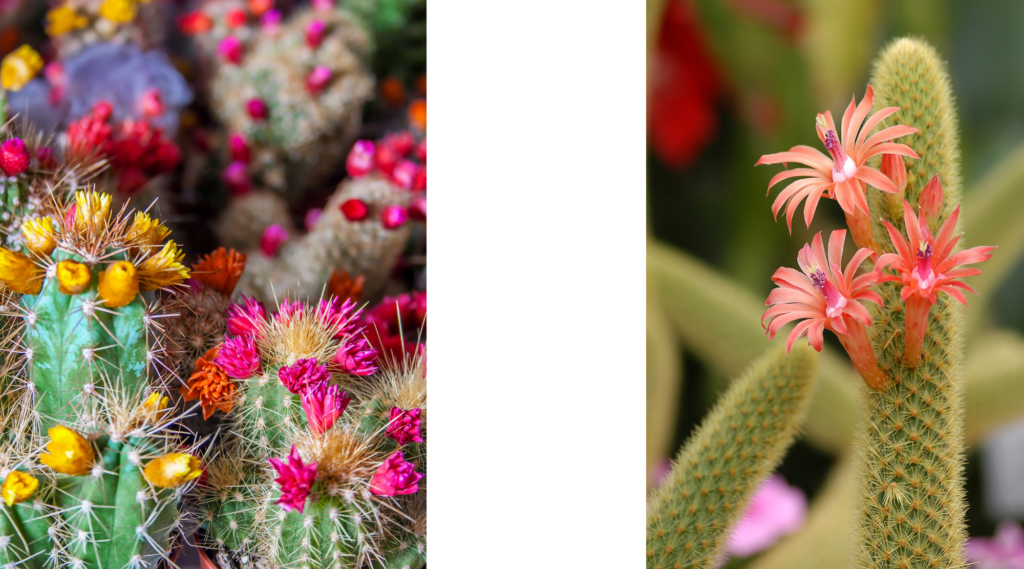
FAQs (After the Conclusion)
- How often should I water my indoor cactus?
- Generally, water indoor cacti every two to four weeks, ensuring the soil is completely dry between waterings.
- Can I leave my cactus outside in the winter?
- It depends on the species and your climate. Some cacti can tolerate cold, but most will need to be brought inside if temperatures drop below freezing.
- What should I do if my cactus starts rotting?
- Remove any rotting areas with a sterile knife, reduce watering, and check that the soil has proper drainage. If the rot is severe, you may need to propagate the healthy part of the cactus.
- How can I tell if my cactus is getting too much light?
- Signs of too much light include discoloration or sunburn spots. Move your cactus to a location with more indirect light if this happens.
- Why isn’t my cactus blooming?
- Cacti need plenty of light, the right temperature, and a dormant winter period to encourage blooming. Be patient—some cacti can take years to flower.
If you’re new to houseplants, check out our beginner’s guide for essential tips to ensure your indoor plants thrive.












